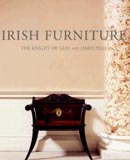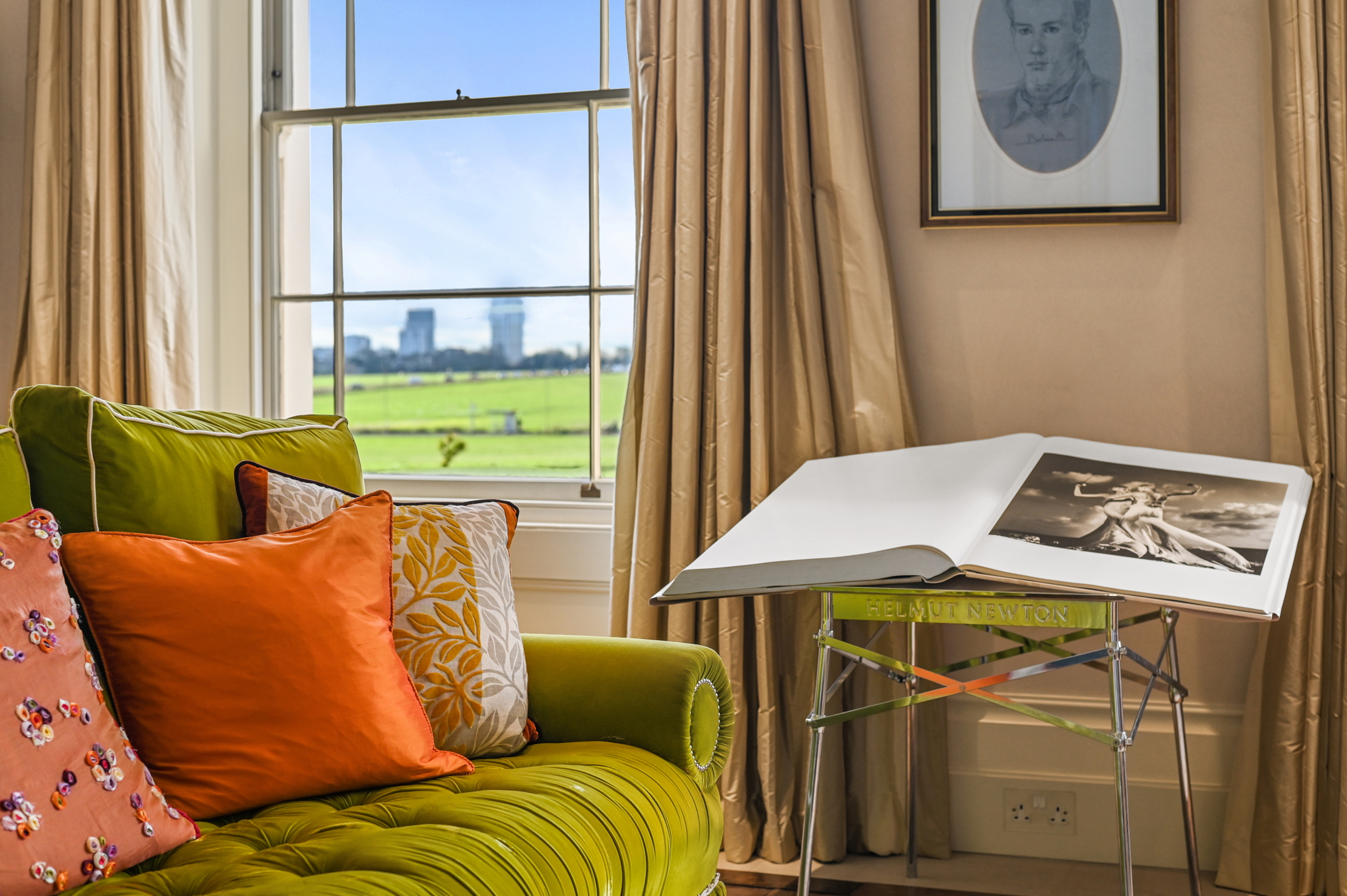Book review: Irish Furniture The Knight of Glin and James Peill
Huon Mallalieu is thrilled by a long-awaited guide to Irish furniture, which is crammed with its history, a catalogue of types and an index of makers


Book review: Irish Furniture The Knight of Glin and James Peill
(Yale University Press, £50)
This is a long awaited delight. As Nicholas Goodison points out in a brief foreword, the Knight's intention to write the definitive guide has been known for longer than his co-author, now a director in charge of furniture at Christie's, New York, has been alive. It is extraordinary how dismissive, and downright wrong, some of the greatest early and mid-20th-century English furniture historians, in particular Cescinsky and Symonds, were about what they misleadingly termed 'Irish Chippendale'. Their successors could have no excuse now.
One of the factors which has contributed to the length of the task was noted as early as 1848: 'There has never existed a taste in Ireland for preserving papers.' As the authors put it, 'either the bills or inventories survive for houses that have disappeared, or the houses where the furnishings have survived lack any documentation'. They also warn that their book only deals with furniture made for the aristocracy and landed elite. Vernacular furnishings have been discussed elsewhere.
Irish Furniture is divided into three sections: a chronological history dating from the earliest days, and primarily the Elizabethan period, to the mid 18th century; a well-illustrated catalogue of Irish furniture by type; and a comprehensive dictionary of 18th-century Irish furniture makers culled from advertisements in newspapers, mainly from Dublin, by John Rogers.
Each is valuable; all the more so at a time when so much furniture salvaged from the wreck of the Ascendancy (which saw the dispersal of many great house collections) and sold abroad during the 20th century is returning to the houses of the new 21st-century Irish rich. One small gleaning from the catalogue adds to the long running debate on the true functions of what have traditionally been termed 'peat buckets'. Those with brass liners served as stoves, but here we have mention of plate buckets, with the slit down one side, and an illustration of a large one, undoubtedly for peat, beside a fireplace. There is also one with a door in its side, which would have concealed a chamber pot.
Sign up for the Country Life Newsletter
Exquisite houses, the beauty of Nature, and how to get the most from your life, straight to your inbox.
Country Life is unlike any other magazine: the only glossy weekly on the newsstand and the only magazine that has been guest-edited by HRH The King not once, but twice. It is a celebration of modern rural life and all its diverse joys and pleasures — that was first published in Queen Victoria's Diamond Jubilee year. Our eclectic mixture of witty and informative content — from the most up-to-date property news and commentary and a coveted glimpse inside some of the UK's best houses and gardens, to gardening, the arts and interior design, written by experts in their field — still cannot be found in print or online, anywhere else.
-
 A rare opportunity to own a family home on Vanbrugh Terrace, one of London's finest streets
A rare opportunity to own a family home on Vanbrugh Terrace, one of London's finest streetsThis six-bedroom Victorian home sits right on the start line of the London Marathon, with easy access to Blackheath and Greenwich Park.
By James Fisher
-
 Materials, textures, construction, expression: A Brutalist watch on your wrist
Materials, textures, construction, expression: A Brutalist watch on your wristLuxury watchmakers are seeking to bridge the gap between two contrasting styles, with exciting results.
By Chris Hall